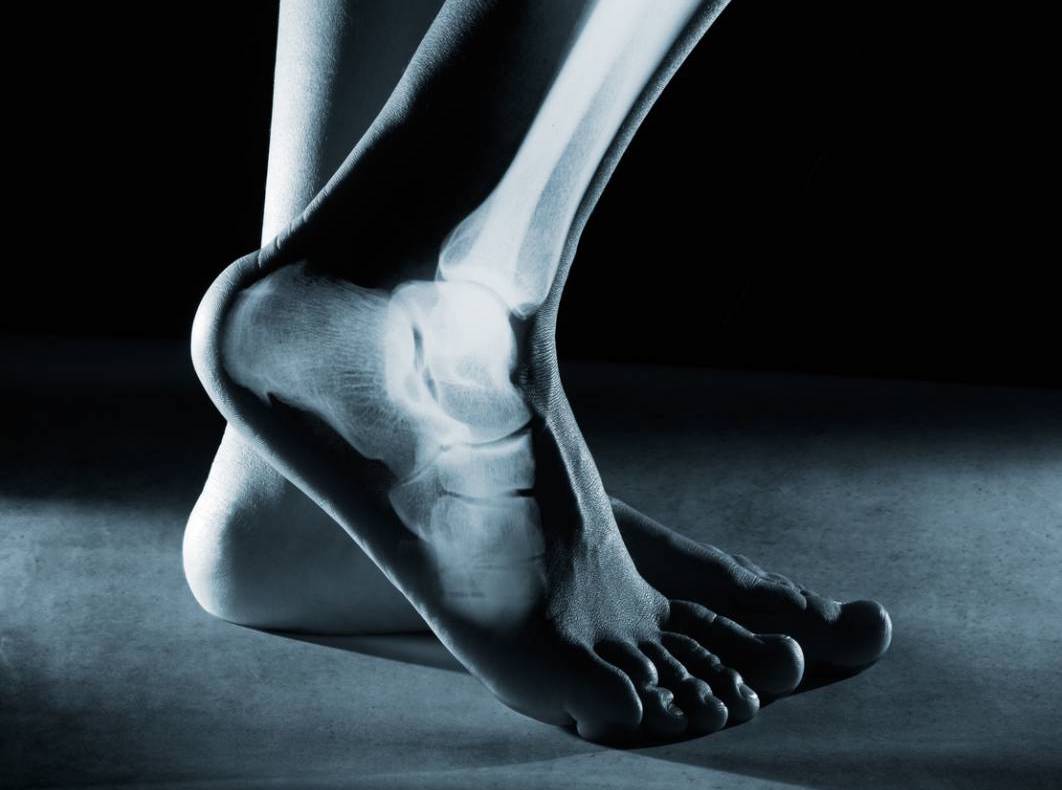
A Comprehensive Guide to Foot and Ankle Anatomy for Healthcare Workers
The foot and ankle are marvels of human engineering, allowing us to perform actions such as standing, walking, running, and jumping. Despite their importance, the complex anatomy of the foot and ankle is often a challenging area for many healthcare professionals. In this blog post, we provide a comprehensive guide to understanding the intricacies of foot and ankle anatomy.
Building Blocks of the Foot and Ankle
- Bones: The foot and ankle consist of 26 bones. These include the tarsal bones (including the calcaneus or heel bone, and talus, which forms the ankle joint), metatarsal bones (forming the foot's arch), and phalanges (toe bones). The ankle is a hinge joint that allows up-and-down movement of the foot.
- Muscles and Tendons: Numerous muscles control foot and ankle movements, with their tendons extending into the foot. Some key players include the gastrocnemius and soleus (forming the Achilles tendon at the heel), the tibialis anterior (helping to lift the foot), and the flexor and extensor groups (controlling toe movements).
- Ligaments: These tough, fibrous tissues connect bones to each other, providing stability to the foot and ankle. Notable ligaments include the medial and lateral ligament complexes of the ankle and the plantar fascia, a strong ligamentous band supporting the foot's arch.
- Nerves: Several nerves supply the foot and ankle, controlling muscle actions and providing sensation. These include the tibial nerve, common fibular (peroneal) nerve, and their branches.
- Blood Supply: The foot and ankle receive blood from the posterior tibial artery, dorsalis pedis artery, and their branches. Good blood supply is essential for tissue health and healing.
Why Foot and Ankle Anatomy Matters in Healthcare
Understanding foot and ankle anatomy has several practical applications in healthcare:
- Injury Assessment and Management: Accurate anatomical knowledge allows healthcare professionals to diagnose and manage common foot and ankle injuries, such as sprains, fractures, or plantar fasciitis.
- Orthotic Prescription: When prescribing orthotics, a detailed understanding of foot anatomy helps to correct alignment, redistribute pressure, or provide additional support exactly where it's needed.
- Surgical Planning and Intervention: For orthopedic surgeons, intricate knowledge of foot and ankle anatomy is essential in planning and executing surgical procedures, ensuring patient safety and effective outcomes.
- Patient Education: Healthcare professionals can educate patients about their conditions or treatments effectively using their anatomical knowledge, improving patient understanding and engagement.
- Prevention Strategies: Understanding how the foot and ankle function can help devise strategies to prevent injuries, such as proper footwear selection, exercise regimens, or workplace ergonomics.
In conclusion, a thorough understanding of foot and ankle anatomy is an invaluable asset for healthcare professionals, impacting all areas from diagnosis to treatment, patient education, and preventive care. So next time you take a step, remember the intricate interplay of structures that make it all possible.
TAGS:
SHARE:
